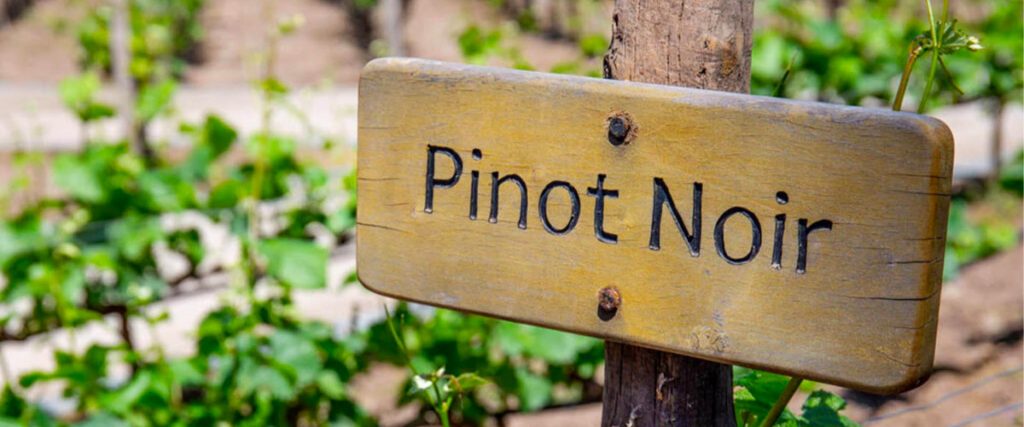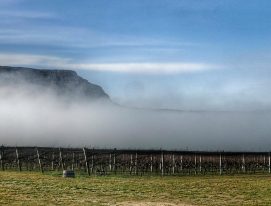Difficult to get right in the winery and temperamental in the vineyard, Pinot Noir represents a challenge for oenological teams. And that means that achieving success is the source of a great deal of pride.
Although the first planting of Argentine Pinot Noir – the queen of Burgundy varieties – occurred in the 1960s, mainly for sparkling wines, over the past couple of decades the surface area under vine with Pinot Noir in the country has increased considerably: whereas in 2002 it was around 1100 hectares, by 2021 the figure was 1996. But beyond statistics, it’s the steadily improving results that are truly encouraging.
In fact, recent enthusiasm about Pinot Noir has seen the development of a number of unique, ambitious vineyards. Notable projects include Costa&Pampa in Chapadmalal – Buenos Aires Province – the only one to date to make use of the maritime climate; Puerta del Abra in Balcarce, also in Buenos Aires, with their sierras and calcareous soils, and Bodega Colomé, with their Altura Máxima line, who harness the Salta sun and height of 10,200 feet above sea level to achieve a remarkably balanced structure with excellent freshness.
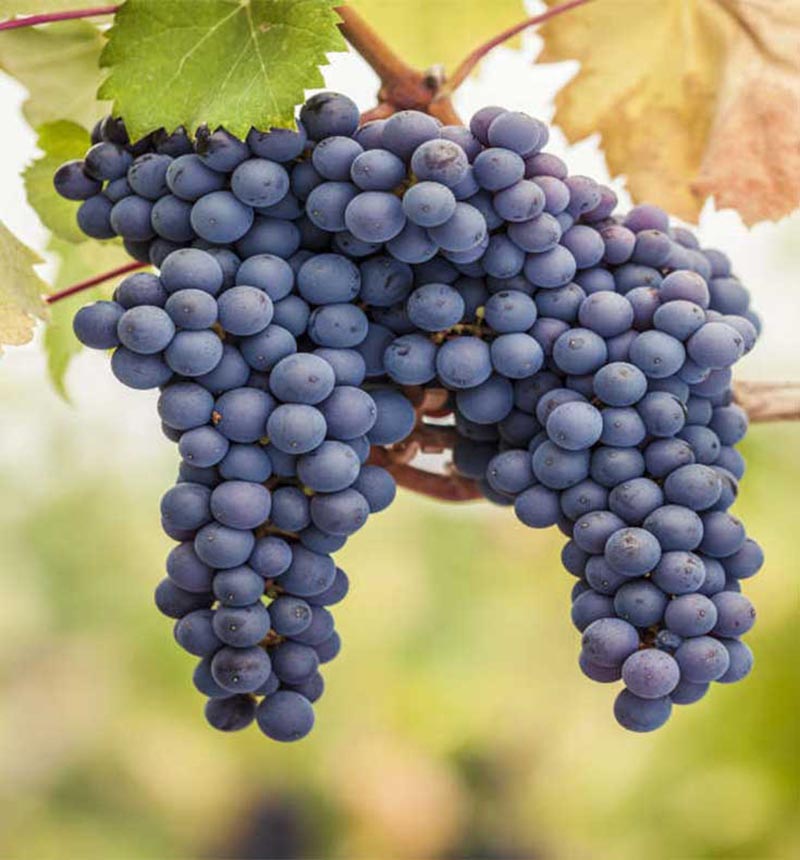
Argentine Pinot Noir: the effect of the cold climate of Patagonia
The man who managed to attract the world’s attention to Argentine Pinot Noir was Piero Incisa della Rocchetta at Bodega Chacra. The Italian winemaker has raised the bar with his old vineyards in Mainqué, Río Negro, sculpting a balanced European style with excellent natural acidity but good concentration of fruit thanks to the low yields from the vines and long sunny days during the maturation period.
Also in Mainqué, the Danish oenologist Hans Vinding Diers is the man behind another great Argentine Pinot Noir from his Patagonian winery of Noemia. In addition, he also provides winemaking advice to the Malma winery in San Patricio del Chañar, Neuquén.
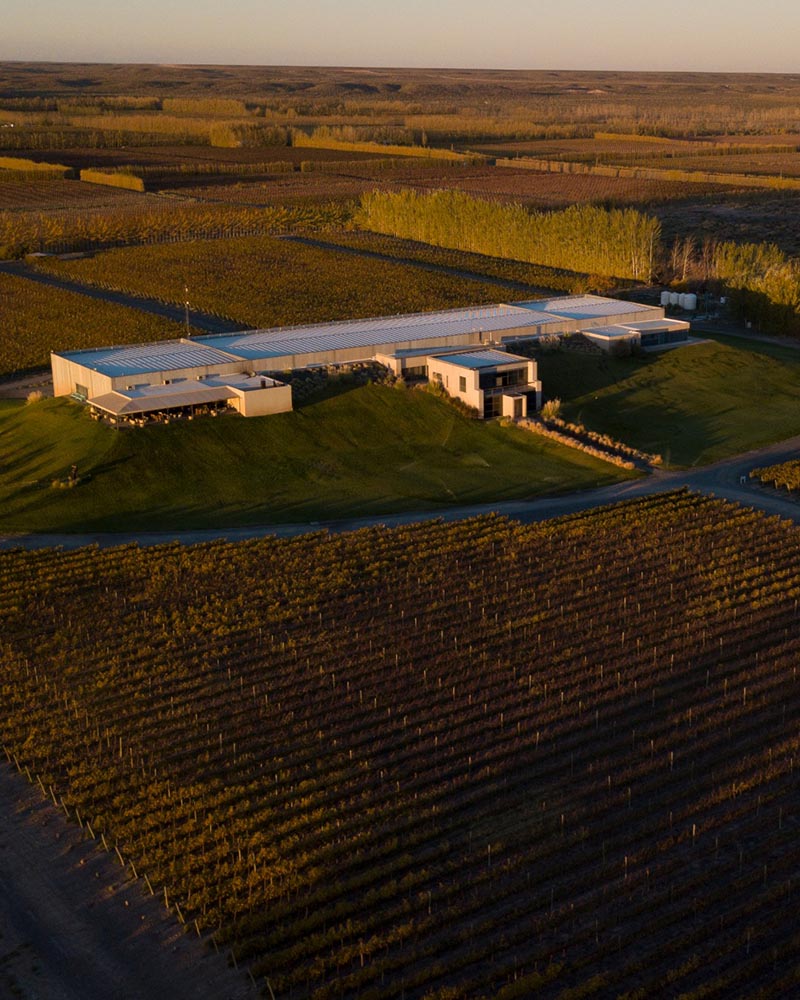
“We’re very lucky because it’s a difficult variety to grow and turn into wine but the dry climate of the region helps to some degree. It always ripens well, we don’t have any trouble with that. The grapes get to the winery very healthy and very cold and we don’t need to use fungicide: the steady wind prevents cryptogamic diseases,” says Ana Viola, the owner of Malma, and the same is true of the Pinot Noirs from neighboring wineries such as Familia Schroeder, which offers some of the best value wines on the Argentine market.
These conditions are also to be found further south, making it worthwhile to take on the risks of an extreme climate. Down in Trevelin (Chubut), Sofía Elena, the oenologist at Contracorriente, says that “the best examples of Argentine Pinot Noir come out of cool regions,” saying that low temperatures ensure that the wines preserve their acidity and freshness while “the intense sun and wind ensure that the flavors are more vibrant and create good acidity and structure in the mouth.”
Of course, all this doesn’t just happen by magic. Pinot Noir, as mentioned above, is a challenging variety to grow; learning how to handle its fragility was key to this new, promising period for the variety in Argentina.
“You have to try to keep the plant balanced with a good canopy so that the fruit isn’t too exposed. Choosing the right harvesting time is also very important: over-ripeness doesn’t suit it but harvesting too early reduces the aromatic profile and can result in overdoing the acidity,” warns Juan Pablo Murgia, the oenologist at Otronia, in Sarmiento, Chubut. The fact that the most southerly vineyard in the country has produced one of the most accomplished examples of Pinot Noir in Argentina is perhaps one of the most eloquent proofs of recent achievements.
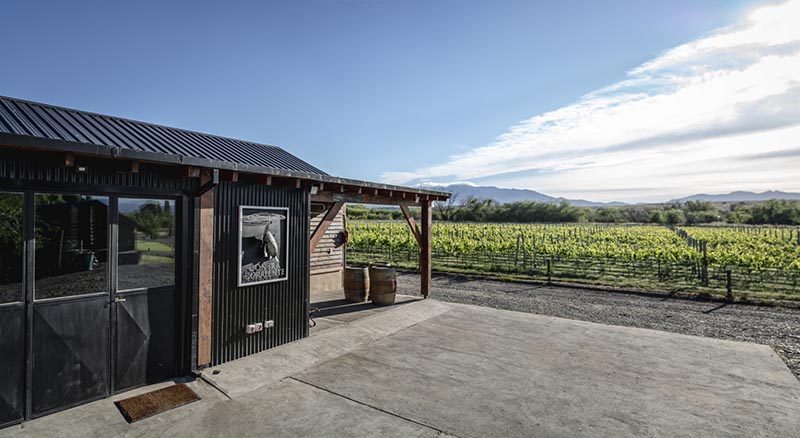
The surprising world of mountain Pinot Noir
In addition to the growth in surface area under vine with Pinot Noir in Argentina, many vineyards have moved from sunny, warm plains to higher ground in search of the cool of the mountains. For example, in the Uco Valley, in Mendoza, the number of hectares planted with Pinot Noir in the last twenty years has duplicated to the extent that the area now accounts for half of the vines in the country. Tupungato alone contains almost 30% of the variety under vine.
It was there that Catena Zapata started to plant French Pinot Noir although only in 2019 did Domaine Nico, Laura Catena’s Pinot Noir project, see the light of day.
“This stage has involved gaining a better understanding of the terroir and finding new consumers, along with producers who have decided to really focus on and work with a variety that truly has a sense of place,” says Roy Urvieta, the oenologist at Domaine Nico.
“Our studies and data gathering about different parcels have provided us with a lot of information about styles, sensory profiles and consistency. The most important decisions made during the winemaking process are the harvest point, extraction during maceration and the selection of different barrels during the aging process. The overall goal is to achieve the best interpretation of each parcel, landscape and style. In Mendoza, where the average temperature doesn’t change much, the altitude and soils can produce very different kinds of Pinot Noir.
Meanwhile, Salentein chose the San Pablo area – at a height of 4600 feet – to be the home of their Pinot Noir Reserva and Single Vineyard Los Jabalíes. “Here, you find exceptionally favorable conditions for Pinot Noir, we have a very cool climate and the location – closer to the Andes – is generally damper, which Pinot loves. And we shouldn’t forget the rocky soils rich in calcium carbonate that help us to achieve a very subtle, very elegant expression,” says Gabriela García, the winery oenologist.
Not too far away, Canopus works with organic vineyards in El Cepillo – at a height of 3600 feet – for Pintom, their line of natural wines which consists of a red, a rosé and a Pet-Nat.
Estancia Uspallata has climbed even higher: their Pinot Noir is planted at 6500 feet and produces extreme fluidity, tense acidity and refreshing cherry flavors. “A distinctive characteristic of the grape is that it gets excellent aromatic qualities from its stems,” says house oenologist Alejandro Sejanovich.
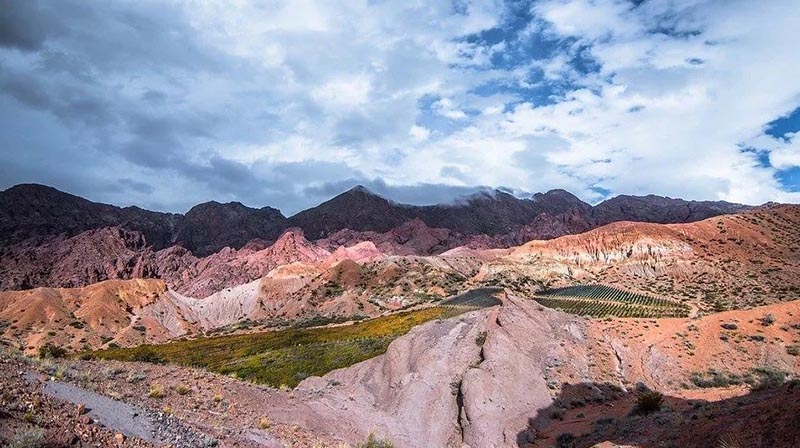
“I choose to make it with very little extraction, just aromatics, I’m not looking to extract color. I also work very hard to make sure the tannins aren’t too concentrated: you need to remember that Pinot Noir seeds contain the most concentrated tannins.”
Sejanovich believes that the key to Argentine Pinot Noir right now is achieving layers of flavor and a refined style similar to those found in North American regions such as Los Carneros and Russian River:
All the development and focus on Pinot Noir is allowing us to discover refined, complex wines that spend less time in oak, which is essential to bringing out the qualities of each individual region and providing a better gastronomic experience.
So, from north to south, east to west, Argentine Pinot Noir is continuing to pay off for both producers and drinkers.

